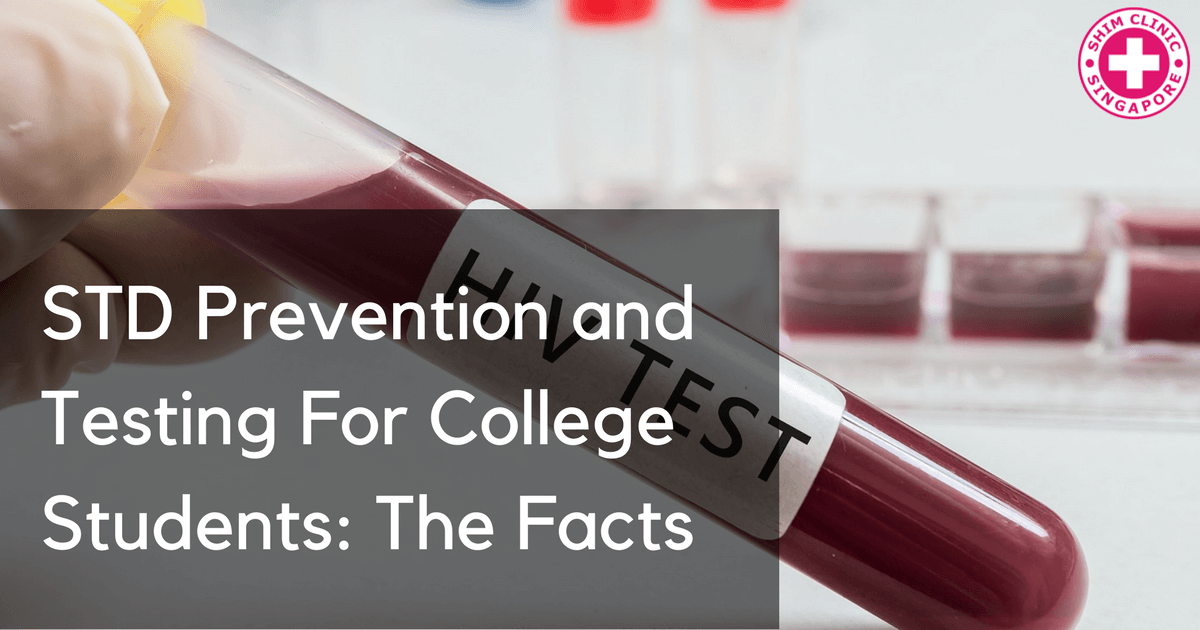Colleges and universities have moved from institutions of higher learning to institutions of experimentations. How so? You may ask. Well, for many of those that join these institutions, it is indeed their first time away from their parents, guardians, teachers or generally people who would control and guide their way of life.
For the young souls, it is an opportunity for them to experiment all that they have not done in the past years and in their own control and freedom. Sadly, however, these experimentation escapades have led to risks associated with casual and unprotected sex and the spread of sexually transmitted diseases.
The Facts
Students (usually between the ages 15-24) account for a fourth of the sexually active population. Interestingly, the same age group represents 50% of all new cases of STIs in the United States year in year out, this is according to the CDC.
Furthermore, it is reported that only 52% of the group use protection (condoms) during sexual intercourse. This further increases the chances of the individuals in the group to contract or spread STIs.
In addition, the group is said to have minimal information on STIs (how they are spread, how to prevent and cure them) leading them to learn about the infections the hard way, that is, by contracting gonorrhea, genital warts, chlamydia and HIV. Sadly, students acquire the above-mentioned diseases at twice the rate compared to all other age groups.
Reasons for the Increase in STIs and HIV Cases
There could be a variety of reasons behind the facts explained and the following are among them:
Oral Contraception
There are various forms of contraception available for both males and females. It is reported that majority of female students in colleges and universities prefer oral contraception. As more and more of them go for the oral contraceptives (usually in form of pills), they leave out the use of condoms. Contraceptives may prevent unwanted pregnancies (which are most students’ nightmare) but they do not protect against the spread of STDs and HIV.
- Technology
The advancement in technology and the ease of its access has made dating sites and applications to be on the rise. This has, in turn, led to a growth in the number of people having casual sex further increasing their risk and those of their sexual partners.
- Under the Influence
As mentioned earlier, college and university students experiment on a lot of things as soon as they join the institutions. Alcohol and drugs are no exceptions. The combination of the use of alcohol and/or drugs with sexual activities may cost them heavily when it comes to making the proper judgment on their sexual experiences.
- Lack of Education
Interestingly, sex education is not compulsory in a majority of the institutions of higher learning. This enables students to be ignorant and continually carry the myths surrounding the STIs.
- Lack of Communication
Communication on sex is harder on young people considering their little experience in relationships. Lack of communication on sex leaves the students to make decisions on their own which are most times misinformed and misconstrued.
Measures to Prevent the Spread of STIs and HIV
Most universities and colleges have taken the step to have campus health centres that provide information on the infections, opportunities for check-ups and testing as well as treatment.
However, not all institutions have taken this step. For students who may be in such institutions, they are advised to use technology and research on digital healthcare trends.
More attention needs to be given to this cohort before the number of new infections gets way too out of hand. This group needs more information on STD testing as well as HIV testing and prevention to reduce the number of students getting infected with STDs daily.

